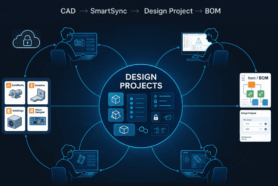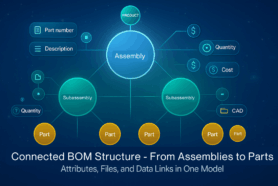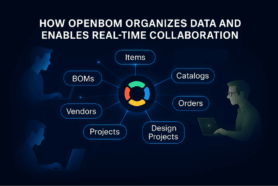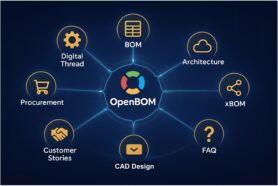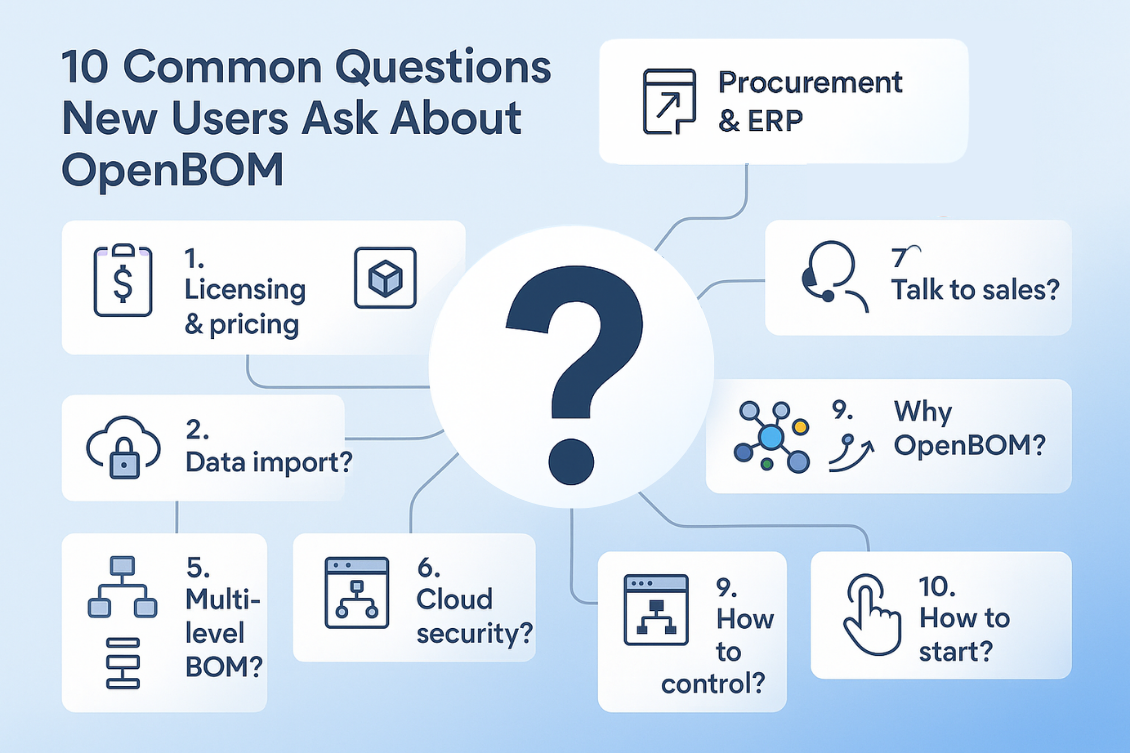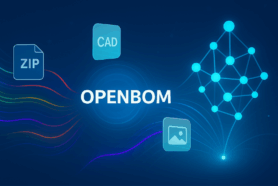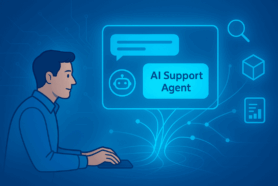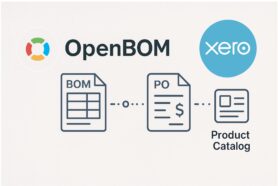
Modern engineering and manufacturing teams don’t sit under one roof anymore. They are increasingly distributed across different offices, time zones, and even continents. Add to that a global supply chain, and you quickly realize that collaboration is not just important, it’s the backbone of how products are designed, built, and delivered today. The data is distributed, the teams are distributed, and eventually, communication and data quality suffer, leading to wrong decisions, delays, and costly mistakes.
The problem? Traditional PDM and PLM systems weren’t designed for this reality. They are rigid, single-tenant, and often rely on outdated concepts like file check-in/check-out and data synchronizations to bring data together. Product development teams (working on different disciplines) need to move quickly, procurement teams need real-time supplier data, and suppliers need to be part of the conversation; this old model simply doesn’t work.
That’s why OpenBOM was built cloud-native and multi-tenant from day one — to enable real-time collaborative workspaces. And now, with new ideas of AI, we can extend collaboration even further, moving into a future where product data is not only shared but actively analyzed, validated, and enhanced by intelligent systems.
What is a Collaborative Workspace in OpenBOM?
Think of it as a shared digital space that brings everyone together around the product. In an OpenBOM Collaborative Workspace, teams can work on product structures, BOMs, catalogs, files, and change requests — all in real time.
Whether you’re an engineer designing a new assembly, a procurement manager evaluating supplier options, or a supplier providing part information, the workspace becomes the central place to collaborate. Everyone sees the same live data, eliminating the chaos of scattered spreadsheets, email attachments, or siloed systems.
The magic lies in the combination of data + communication + permissions. Each participant works with the same source of truth, with role-based access that ensures the right people have the right level of control.
Key Capabilities of OpenBOM Collaborative Workspace
OpenBOM Collaborative Workspace isn’t just about storing data — it’s about enabling real collaboration. Some of the key capabilities include:
- Real-time data sharing: No more waiting for updates or wondering if you have the right version. Everyone sees the same information instantly.
- Granular access control: Invite collaborators, set permissions, and ensure the right level of visibility and edit rights.
- Versioning & traceability: Track who changed what and when, maintaining accountability across the product lifecycle.
- Contextual collaboration: Add comments, assign tasks, and link notes directly to BOM items or CAD files.
- CAD/ERP integration: Keep your collaborative workspace connected to the systems where design and business data originate.
How Different Is OpenBOM?
If you’ve worked with traditional PDM or PLM systems, you know the pain:
- PDM is built on a check-in/check-out file model that slows engineers down and kills parallel work.
- BOMs are usually an afterthought and require synchronization with CAD data. This leads to many situations when teams are pulling the data outside and sharing it with everyone using multiple spreadsheets. PLM systems are heavy, expensive, and engineering-centric.
OpenBOM Collaborative Workspace takes a different approach:
- Lightweight, scalable, SaaS-native — no servers to install, no software to maintain.
- Accessible to SMBs and enterprises alike — designed for companies of all sizes.
- Multi-company collaboration — not locked inside a single IT environment. You can work seamlessly with suppliers, contractors, and partners.
This is not just PLM made simpler — it’s a fundamentally different way of enabling product teams to work together.
Example Use Cases
OpenBOM Collaborative Workspace comes to life in practical, everyday scenarios:
- Design to BOM automation: Mechanical engineers and PCB designers can pull data from multiple sources to build a single engineering BOM.
- Engineering collaboration: Two engineers can update different sections of a BOM at the same time without conflict.
- Procurement alignment: The purchasing team can review suppliers, compare costs, and adjust sourcing decisions directly in the workspace.
- Supplier collaboration: Instead of exchanging spreadsheets, suppliers can contribute directly to the workspace, ensuring accuracy and saving time.
- Change management: Teams can review and approve engineering change orders (ECOs) collaboratively, keeping decisions transparent and traceable.
Each of these scenarios shows how the workspace reduces friction, accelerates decision-making, and keeps everyone aligned.
From Collaborative Workspace to AI Canvas / Artifact
Collaboration is powerful on its own, but it’s only the beginning. A new wave of ideas — like AI Canvas or Anthropic Artifacts — is pushing collaboration to the next level.
Here’s how it works:
- The OpenBOM Collaborative Workspace provides the context — product data, BOMs, files, and relationships.
- By analyzing the data using AI using LLMs and bringing the data into these analyses, we open a new dimension of collaboration – AI collaboration.
Imagine being able to:
- Automatically check the quality of a BOM.
- Run risk analyses instantly and align it with the cost model
- Get AI-driven insights about supplier options or design alternatives.
- Use natural language queries to interact with complex product data.
The collaborative workspace becomes not just a place where people work together, but also where AI becomes a teammate, amplifying human decision-making with intelligent, contextual operations.
Call to Action
The way we work on products is changing. Old tools built around file vaults and siloed data can’t keep up with today’s distributed, fast-moving teams.
OpenBOM Collaborative Workspace provides a new way of working — cloud-native, real-time, multi-company, and now with a pathway toward AI-enhanced collaboration through artifacts and canvas concepts.
If you want to experience the future of product collaboration, start with OpenBOM Collaborative Workspace today. It’s more than a feature — it’s the foundation of how modern teams will design, manufacture, and deliver products.
👉Interested to learn more about BOM Excel MCP we’re building in public? Check here.
👉 Request a demo or start a free trial and see how collaboration can transform your product development process.
Best, Oleg
Join our newsletter to receive a weekly portion of news, articles, and tips about OpenBOM and our community.


